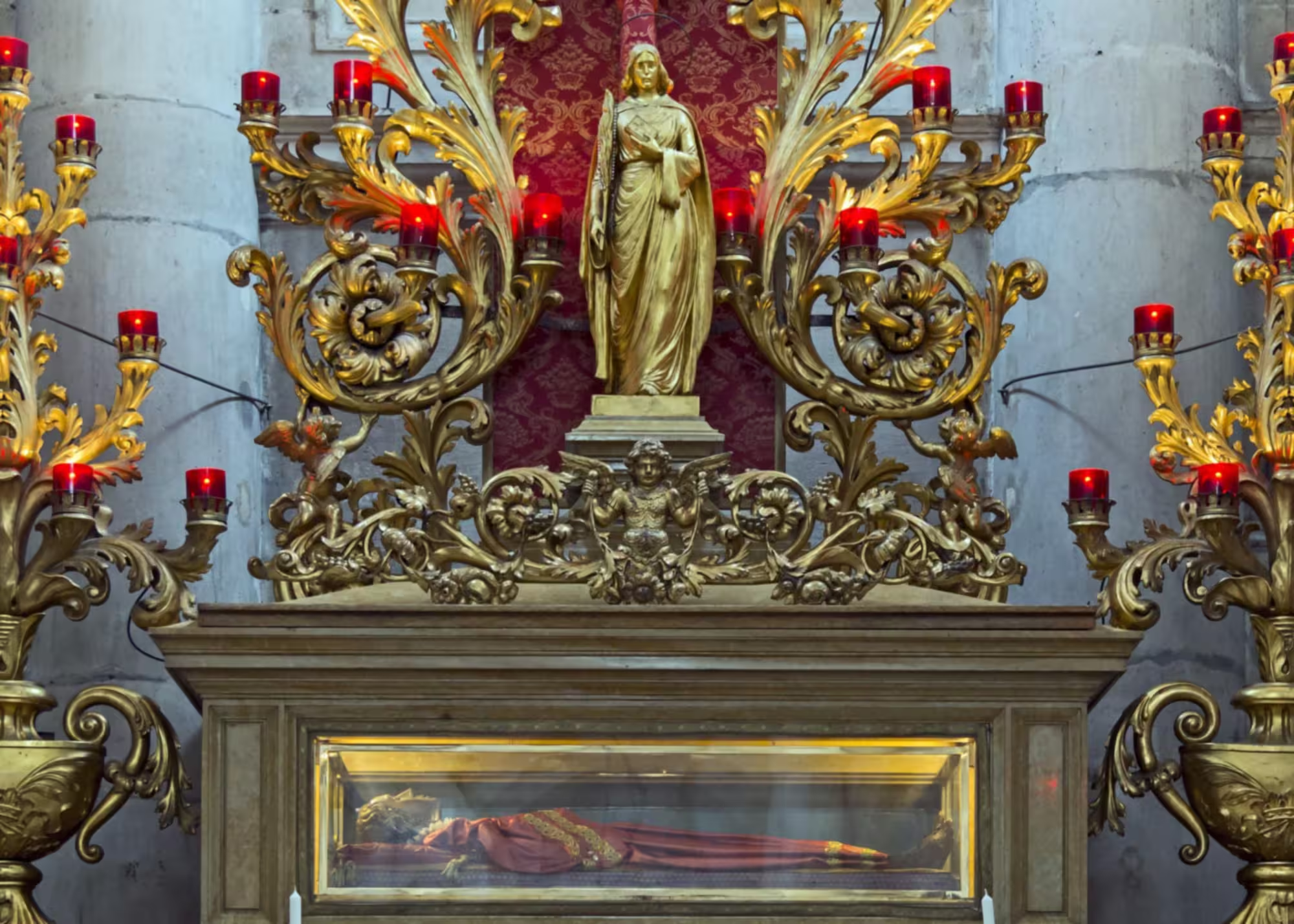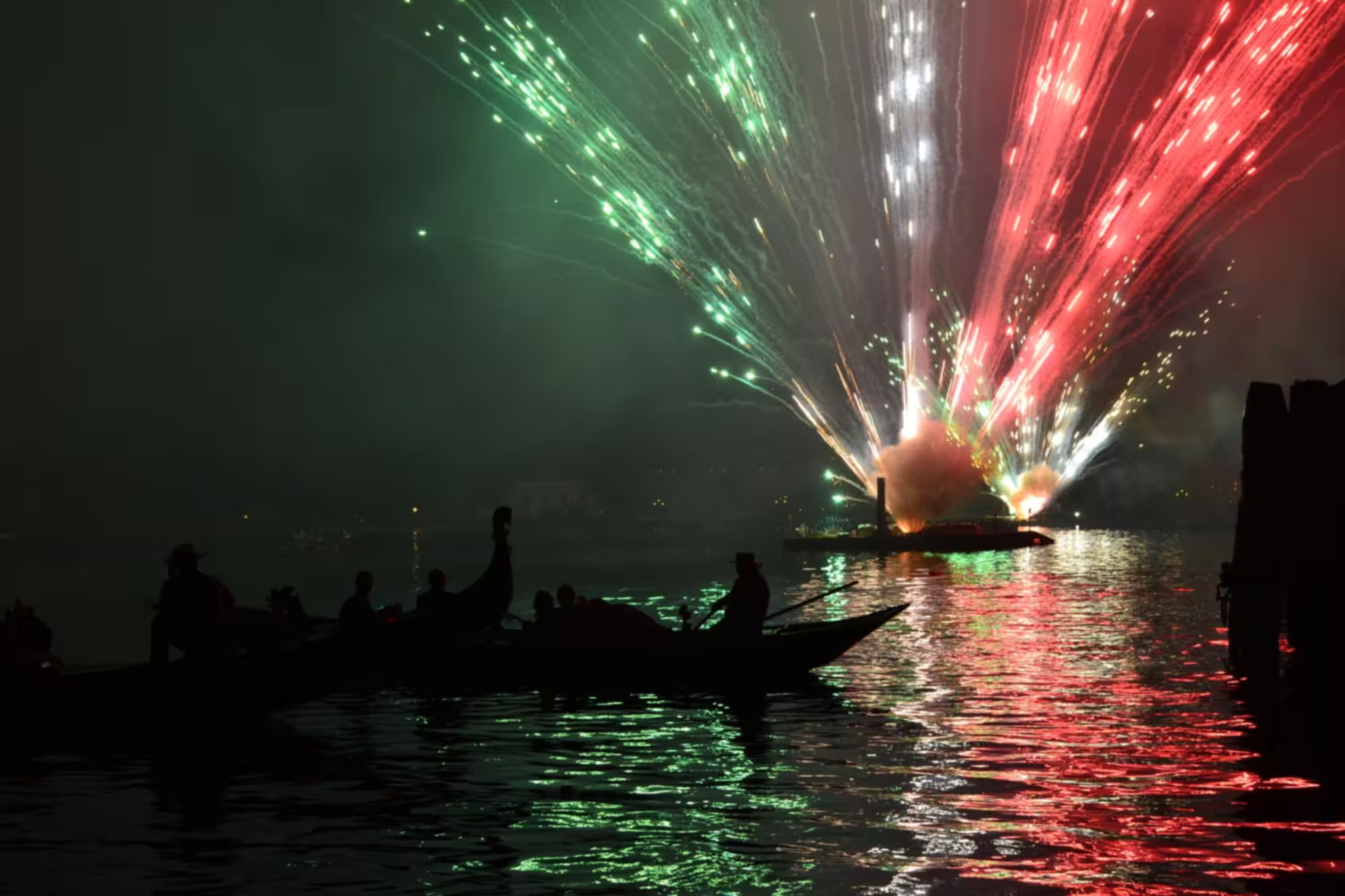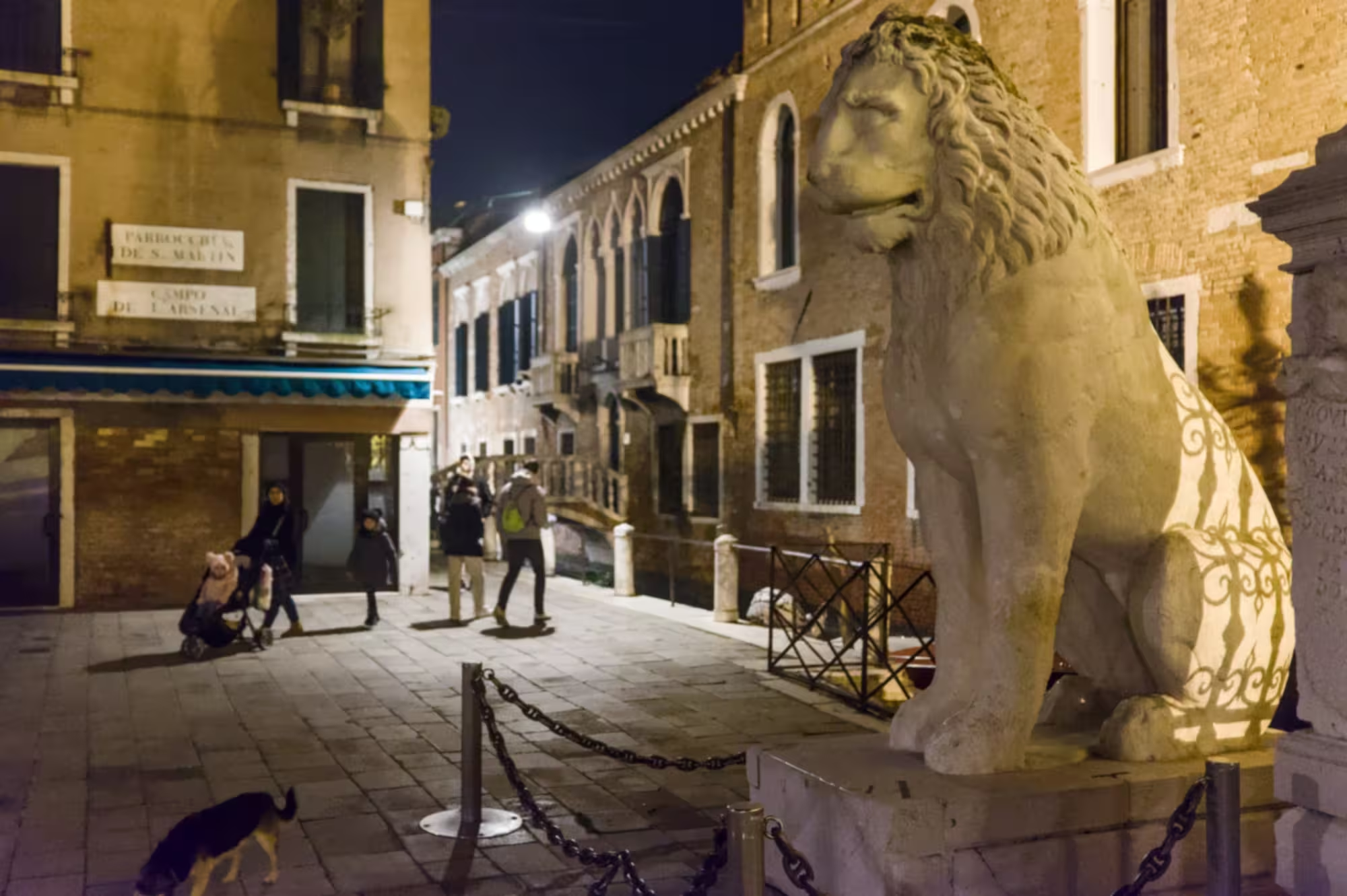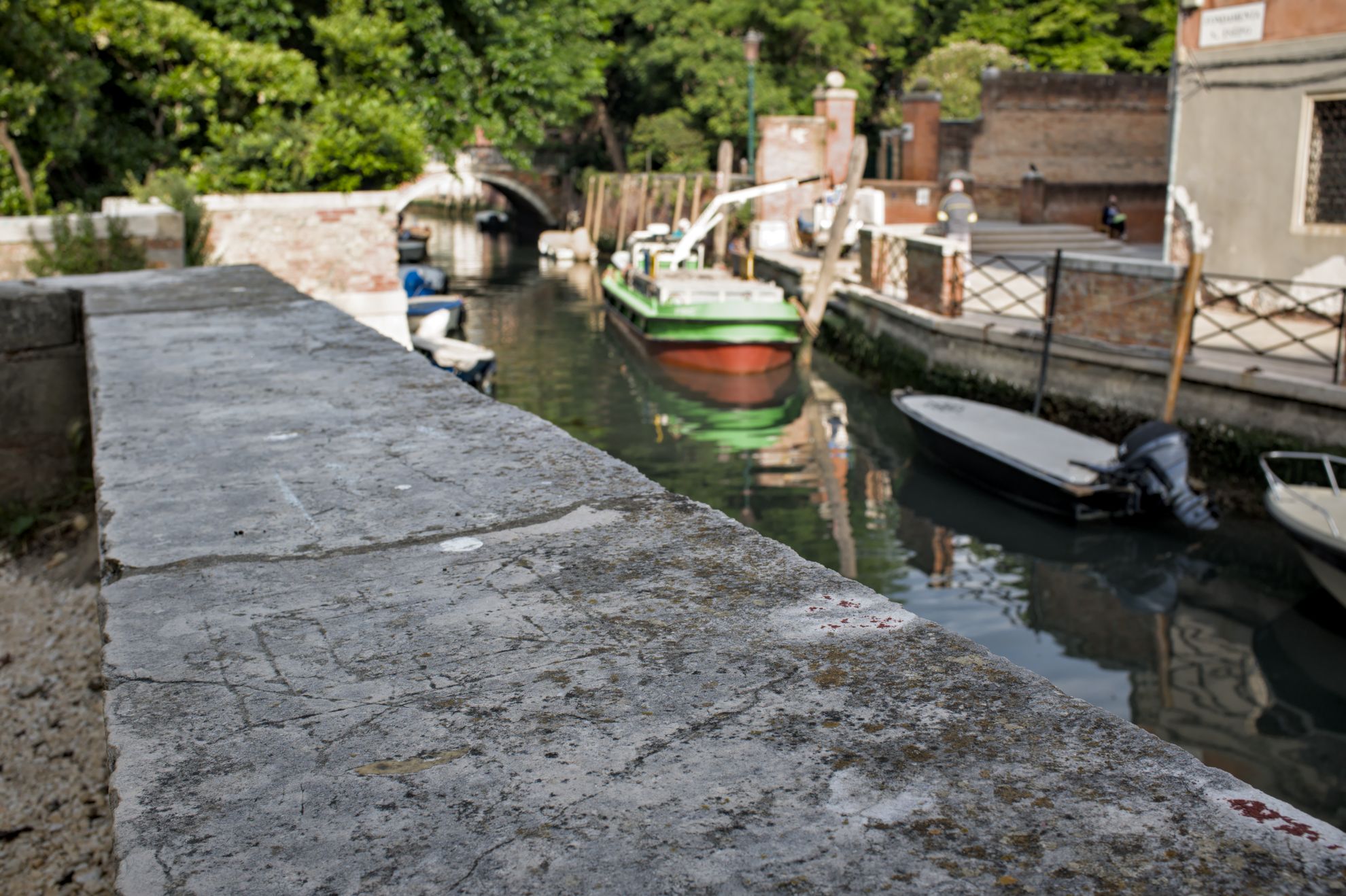The earthly remains of Santa Lucia, St Lucy, currently rests in the church of San Geremia in Venice, not far from the railway station that carries her name.
She is not, and never was, Venetian.
Syracuse in Sicily
Santa Lucia was, according to the hagiographies which are our only sources, a young girl from Syracuse in Sicily. Born in 283, she died during the persecutions of the Christians under Emperor Diocletian in 304, on December 13th.
Her first resting place was in the catacombs under Syracuse which now bears her name. This became the initial centre of her cult, which quickly flourished.
She is the patron saint of light and of eye sight. In artistic representations her attributes are two eyes on a plate in her hand, which can seem a bit macabre.
Her feast day is the day of her martyrdom, December 13th, which in the Julian calendar is the winter solstice, and hence the shortest day of the year. It is therefore a celebration of the return of light.
Safety in Constantinople
Santa Lucia remained in her catacombs during the period of Byzantine rule in Sicily. She also laid undisturbed during the Arab conquest of Sicily in the 800s, until 1039.
The Byzantine Empire attempted a reconquest of Sicily in 1038. The conquest eventually failed, but before the Byzantines evacuated the island, general George Maniakes extracted the remains of Santa Lucia from the catacombs and took them to Constantinople.
She would remain there for almost two centuries.
The Fourth Crusade
A French crusading army with a Venetian fleet attacked, took and sacked Constantinople in 1204, where they then established a Latin empire.
A huge quantity of spoils from the many churches, monasteries and palaces of Constantinople made it to Western Europe, and a good part of it ended in Venice. The treasury of the Basilica of San Marco is full of this loot.
Among the spoils of war were the relics of Santa Lucia, which arrived in Venice in 1205.
San Giorgio Maggiore
The Venetians placed the relics of Santa Lucia in the church of San Giorgio Maggiore, which is on the island in front of the Doge’s Palace at St Mark’s square.
A central and distinguished resting place for a very important saint.
The cult around her new tomb grew, and ever more pilgrims arrived for her feast of light on December 13th each year.
However, in 1279 strong winds capsized a lot of the boats used to cross the lagoon to the sanctuary. Many pilgrims perished in the cold water.
Her own church
After this disastrous event Santa Lucia was given her own church in the Sestiere Cannaregio at the western end of the Grand Canal.
The church almost certainly existed before 1280, but it is likely that it was dedicated to her on the occasion.
The translation of the body to this new resting place happened with all due pomp and ceremony.
A lapse of faith
In 1444 the church of Santa Lucia passed to the nuns of the adjacent monastery of Corpus Domini. This was a convent for noblewomen and they took the custody of the relics of Santa Lucia very seriously.
Some decades later, in 1476, the nuns of the order of Servi di Maria had become homeless, and without money to build a new convent. They were offered the church and monastery of Santa Lucia, but on the condition that the relics would remain under the custody of the higher ranking nuns of Corpus Domini. On an agreed date the body of Santa Lucia would move to the neighbouring church with all proper ceremonial.
However, the nuns of Corpus Domini didn’t trust that the Servi di Maria nuns would give up the relics once they had it. Consequently, they went in the dead of night, before the agreed date, and brought Santa Lucia to their convent where they hid her.
That kind of disobedience was unacceptable. However, when representatives of the Venetian state showed up and ordered the nuns to return Santa Lucia to her proper place, they refused. The state sent troops to recover the relics, but they simply found the doors of the convent locked and barred.
In the face of such stubborn insubordination, the state did what it had to. They sent bricklayers to wall up all doors and windows of the convent to starve the nuns out.
Faced with the bricklayers on their doorstep, the nuns surrendered. They opened the doors, and the authorities solemnly returned the body of Santa Lucia to her church where she would remain for several centuries.
The railroad station
In the 1840s the Austrian rulers brought progress to Venice in the form of a railroad.
The tomb of Santa Lucia was in the way of the new station, so she would have to move again. This is the reason why the station of Venice is named Santa Lucia.
As with all such infrastructure projects, it ran over schedule. However, in the 1860s the Austrian rulers had both the church of Santa Lucia and Corpus Domini, with the associated convents, razed to the ground to make room for the new station. There’s nothing left today.
The remains of Santa Lucia had to move once again, this time to the nearby church of San Geremia where she still rests today.
End of story?
Now this should be the end of the story, with Santa Lucia finally having found her definitive resting place.
Not so!
In early November 1981 thieves entered the church of San Geremia, broke the glass of her coffin, and stole her remains.
Almost magically, they were recovered on December 13th, her feast day, on a tiny island in the northern end of the Venetian lagoon.
Her new coffin in the church of San Geremia is made of bulletproof glass.
Back home
In 2004 Santa Lucia went on one last long journey.
For the 1700th anniversary of her death and martyrdom, she travelled to her native Syracuse in Sicily for six days. She then returned to Venice.
The church in Syracuse still claims her as theirs, but the Venetian church will not give her up. She therefore remains in Venice where she has now spent well over eight centuries.
In fact, she has spent more of her afterlife in Venice than she ever did in Syracuse.
Ironically, the furthest she ever travelled in her short life was to Catania, about 65km.





Leave a Reply